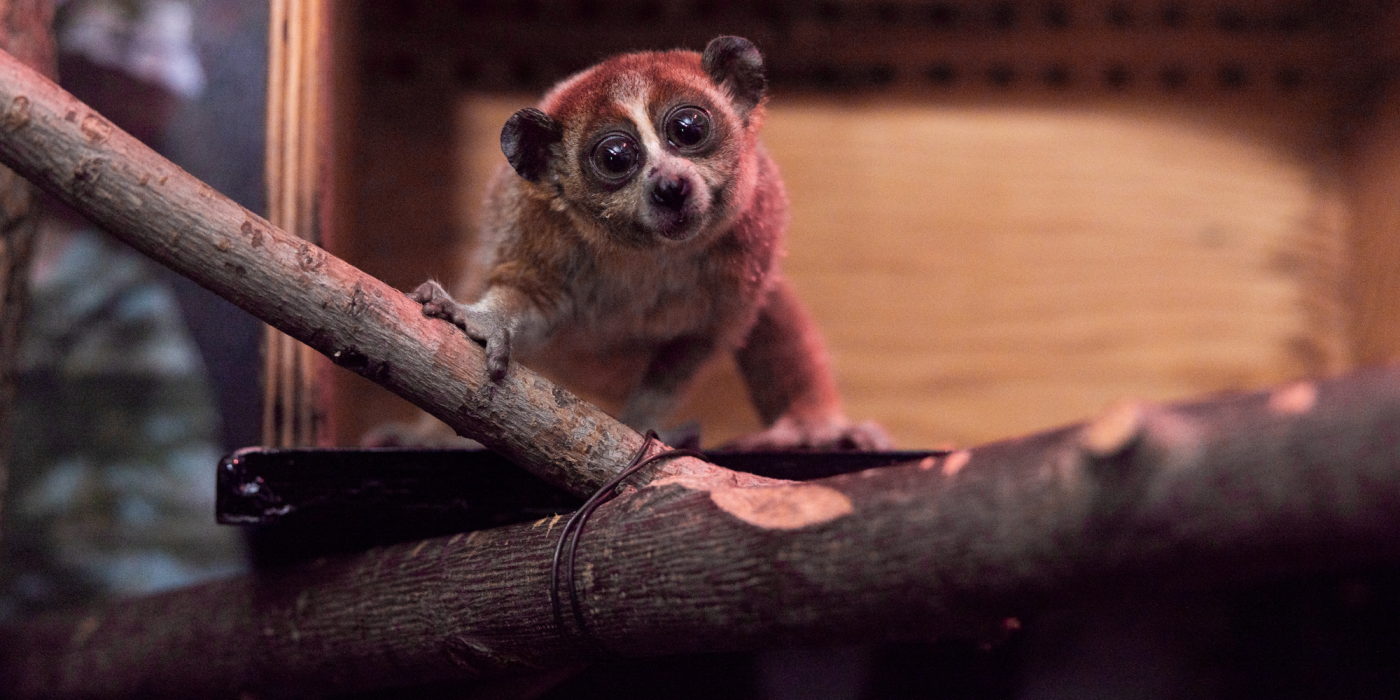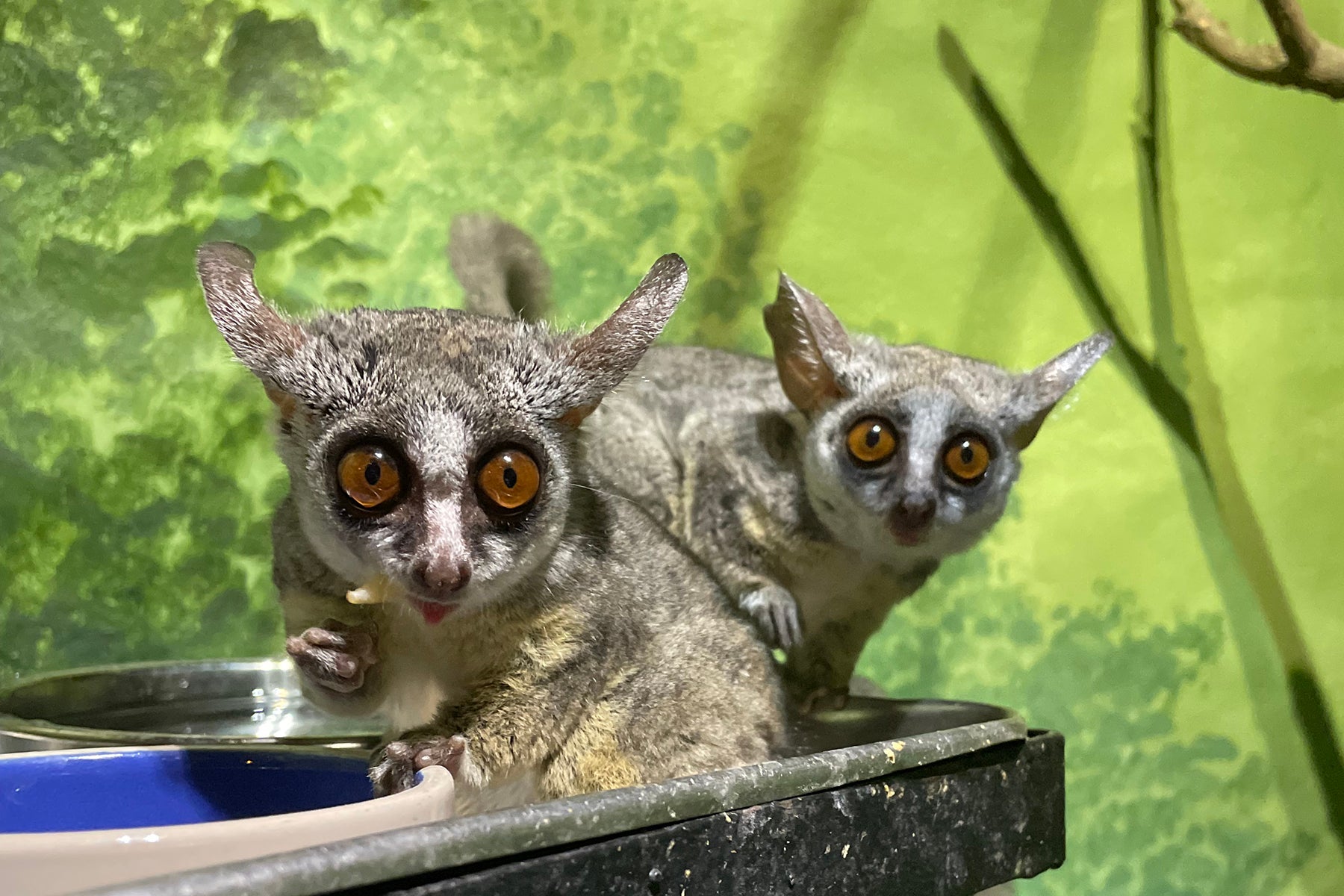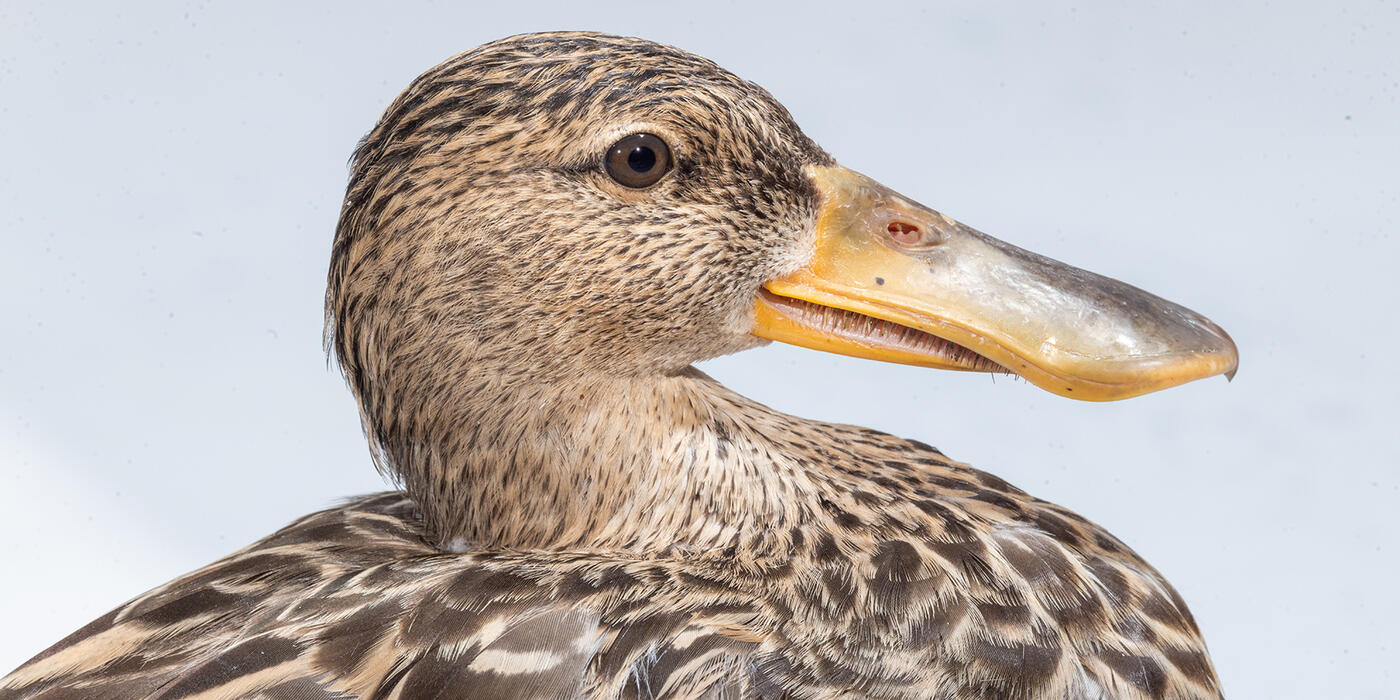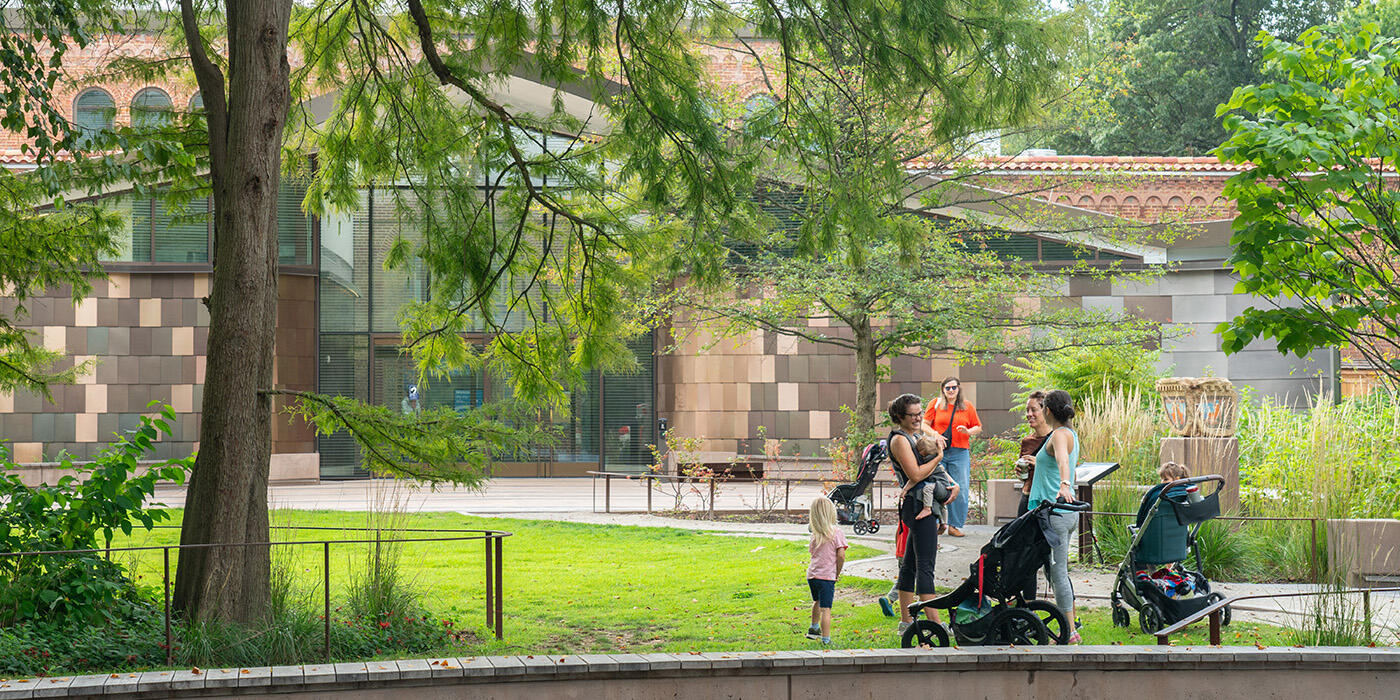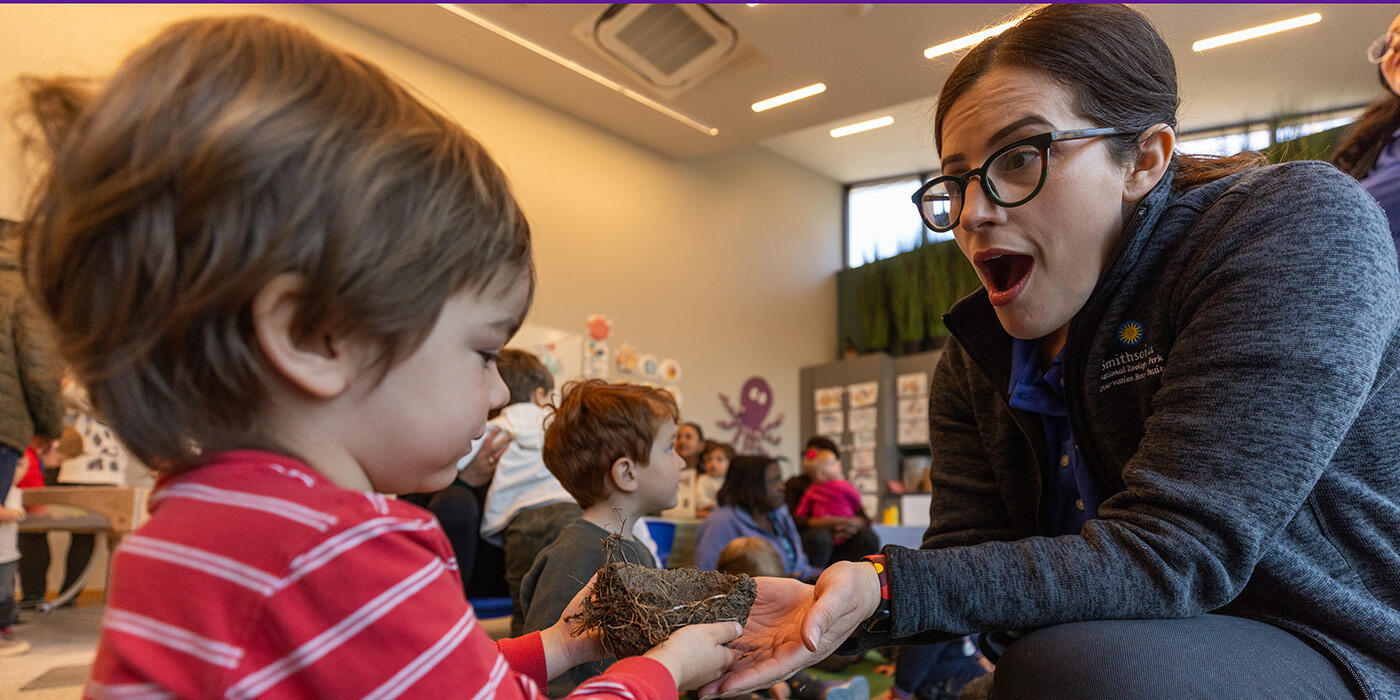What's New at the Smithsonian’s National Zoo This Summer?
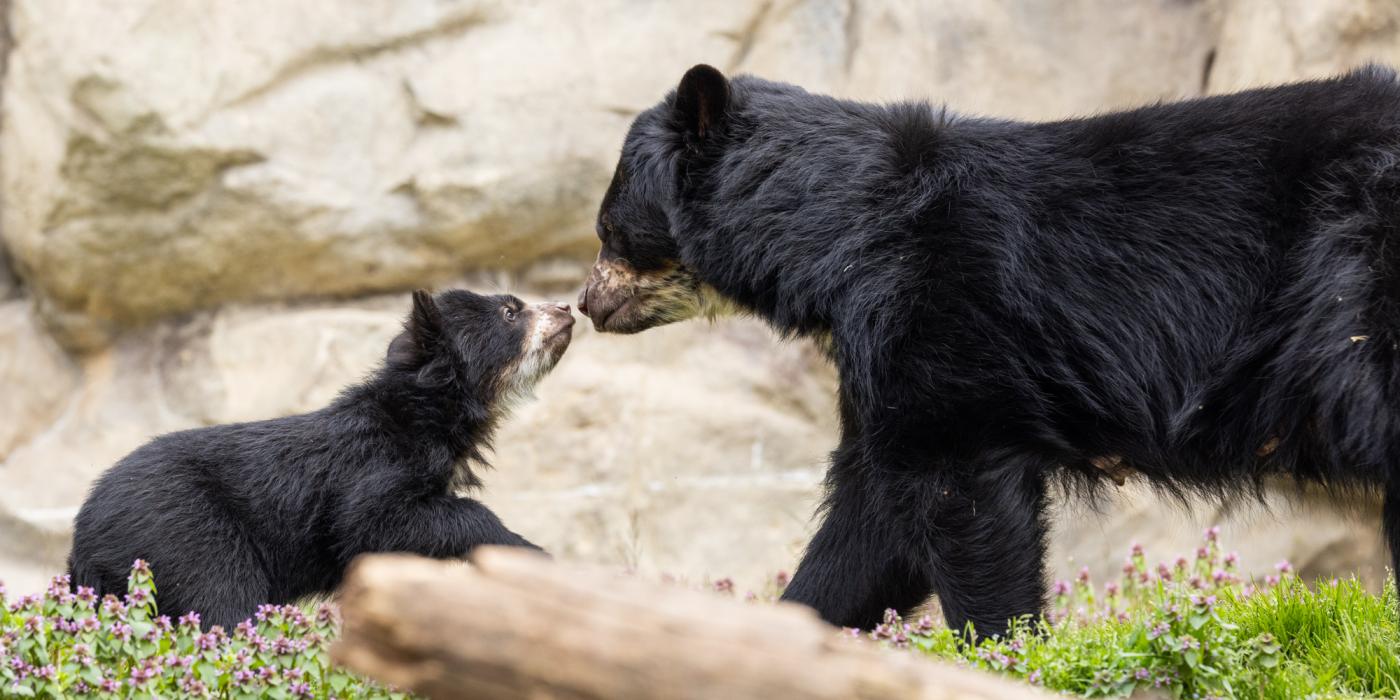
There's plenty to see this summer at the Smithsonian’s National Zoo and Conservation Biology Institute. Check out these five amazing things you won’t want to miss during your next visit.
1. Introducing... an enchanting pair of baby bears!
A pair of bear cubs named Ian and Sean successfully made the transition from their behind-the-scenes cubbing den to the outdoor yards, where they have been exploring, climbing, tussling and tumbling all over their new habitat area.
These rambunctious brothers, born Nov. 15, 2022, are the first cubs born to 4-year-old mother Brienne and 9-year-old father Quito.
Andean bears are South America’s only bear species. Due to wildlife trafficking and habitat destruction, it is estimated fewer than 20,000 Andean bears remain in the wild. The Smithsonian’s National Zoo and Conservation Biology Institute works with accredited zoos around the world to coordinate breeding to ensure genetic diversity for the long-term survival of the species.
Ian and Sean will spend the next year with Brienne as they continue to grow, and visitors can see the bears, as well as Quito, each morning on exhibit near the lower entrance to American Trail exhibit, weather permitting.
2. The Bird House is now a bird home (to nearly 80 different species)
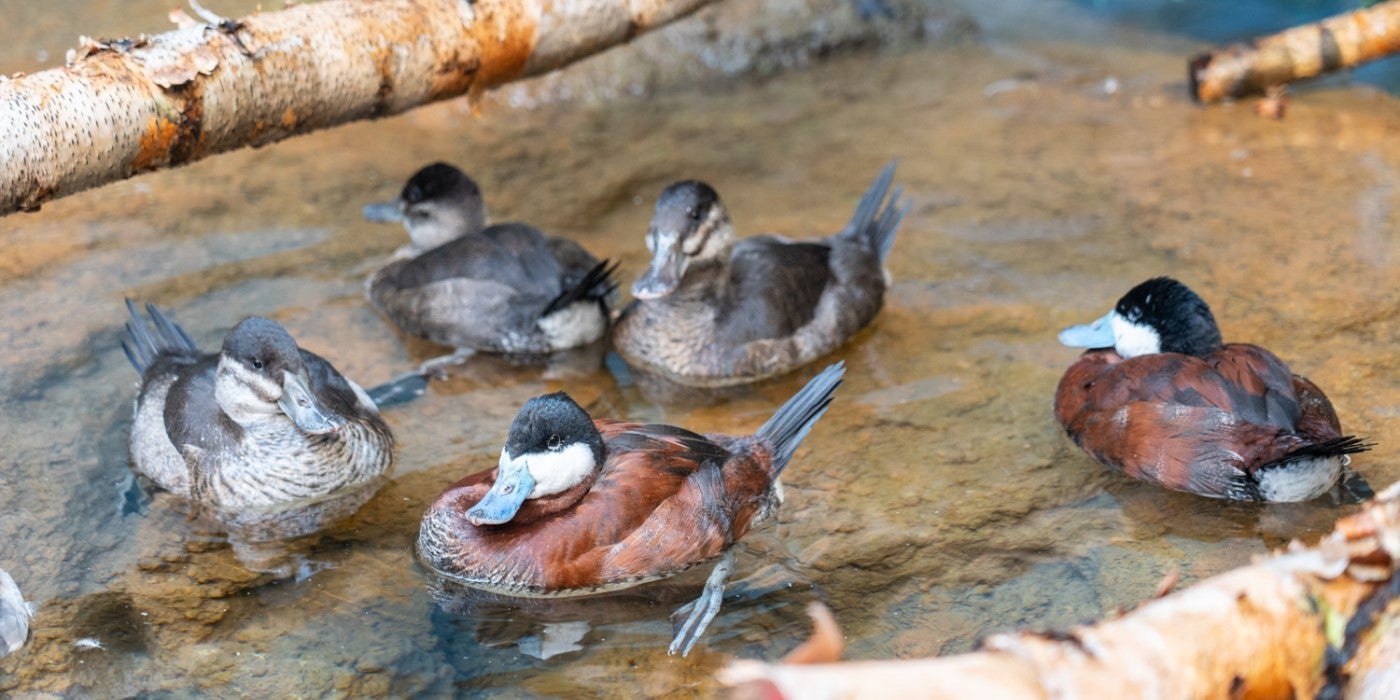
Closed since 2017, the historic Bird House reopened March 13 with a new focus on migratory birds of the Americas. Visitors can explore three immersive aviaries—a sandy Delaware Bay beach, a midwestern prairie pothole and a tropical Bird Friendly coffee farm—where nearly 80 species of birds fly, waddle and squawk all around.
PLUS! The outdoor habitats that surround the Bird House are also newly open to visitors. Larger birds like barred owls, American flamingos, southern cassowaries, sandhill cranes and wild turkeys call the outdoor Bird Plateau area home. Also, visitors can walk through outdoor gardens filled with native trees and plants—a beautiful and tranquil rest area for humans and birds alike. Visitors do not need to obtain a Bird House pass to stroll the Plateau Gardens or the outdoor exhibits.
3. Tiny, big-eyed creatures of the night move into the Small Mammal House
Two pairs of nocturnal animals are new to the Smithsonian’s National Zoo…but there’s no need to reach for your night vision goggles!
In a darkened, red-lit area of the Small Mammal House, visitors can find the habitats of two small, arboreal primates—pygmy slow lorises and southern lesser galagoes, or bushbabies. Both species are adapted for nocturnal lifestyles, but their Zoo habitat is specially lit on a reverse light cycle that mimics night-time conditions.
Plus, visitors of all ages can attend Meet-a-Mammal keeper talks, also at the Small Mammal House, at 10:30 a.m. and 2 p.m. daily (Keepers choose which animals are featured, so it's a surprise who you meet every time!)
4. New mural showcases the diversity of sea life
Thirty years after painting his first mural at the Zoo, marine muralist Wyland returned to paint a new mural raising awareness about a different group of amazing sea animals: coral.
Located outside the Visitor Center, Wyland’s mural portrays the Cathedrals of Lanai, a natural wonder off the coast of the Hawaiian island of Lanai near Maui. The mural features an array of marine animals such as sea turtles, an octopus, fish and several species of corals as they live in a diverse underwater ecosystem.
Although the effects of climate change have placed the entire planet’s coral reefs at risk, Smithsonian researchers have led the field in pioneering new methods in coral conservation. Learn more about this important research and see live corals at Amazonia.
5. Vision-impaired seal gets a second chance at life on the American Trail
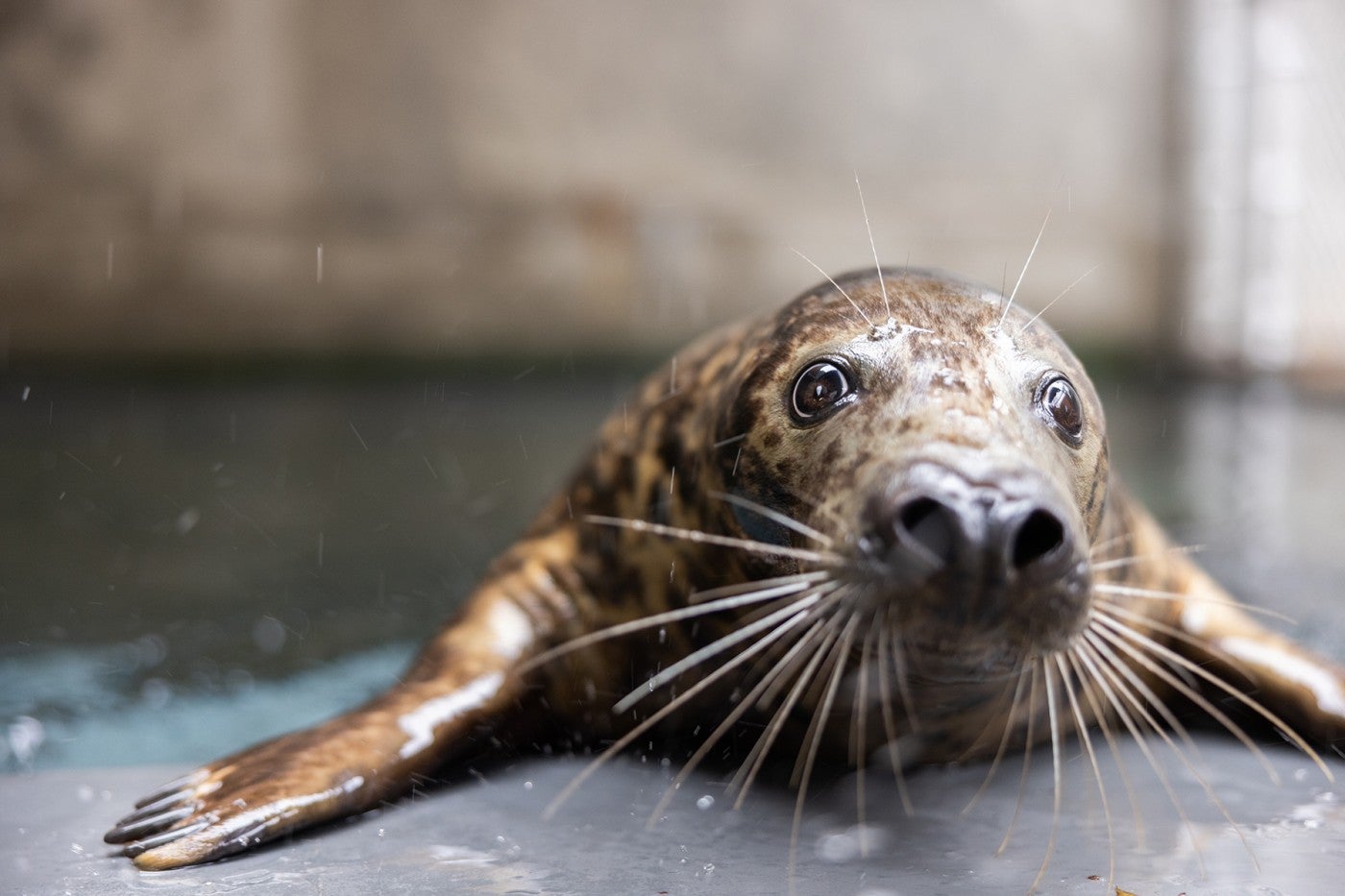
When 1-year-old female gray seal JoJo was found near Ventnor Beach, New Jersey, her rescuers discovered cataracts in her eyes greatly reduced her ability to see. Her impairment made it difficult for her to catch fish, and there was little chance she would be able to thrive in the wild.
Fortunately, the Zoo’s animal care staff has expertise in working with pinnipeds who are visually impaired. The American Trail team took her under their care last fall, and since then, she has become confident and comfortable in her new habitat.
Also new to the American Trail is Ronin, a juvenile female sea lion. Stop by American Trail’s sea lion and gray seal habitats to see feeding and training demonstrations, held daily at 11:15 a.m.
Plan your next visit to the Smithsonian's National Zoo and Conservation Biology Institute today!
